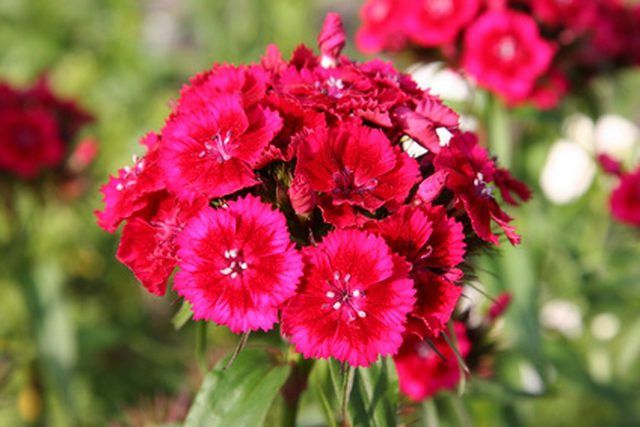Bulbs
Flower Basics
Flower Beds & Specialty Gardens
Flower Garden
Garden Furniture
Garden Gnomes
Garden Seeds
Garden Sheds
Garden Statues
Garden Tools & Supplies
Gardening Basics
Green & Organic
Groundcovers & Vines
Growing Annuals
Growing Basil
Growing Beans
Growing Berries
Growing Blueberries
Growing Cactus
Growing Corn
Growing Cotton
Growing Edibles
Growing Flowers
Growing Garlic
Growing Grapes
Growing Grass
Growing Herbs
Growing Jasmine
Growing Mint
Growing Mushrooms
Orchids
Growing Peanuts
Growing Perennials
Growing Plants
Growing Rosemary
Growing Roses
Growing Strawberries
Growing Sunflowers
Growing Thyme
Growing Tomatoes
Growing Tulips
Growing Vegetables
Herb Basics
Herb Garden
Indoor Growing
Landscaping Basics
Landscaping Patios
Landscaping Plants
Landscaping Shrubs
Landscaping Trees
Landscaping Walks & Pathways
Lawn Basics
Lawn Maintenance
Lawn Mowers
Lawn Ornaments
Lawn Planting
Lawn Tools
Outdoor Growing
Overall Landscape Planning
Pests, Weeds & Problems
Plant Basics
Rock Garden
Rose Garden
Shrubs
Soil
Specialty Gardens
Trees
Vegetable Garden
Yard Maintenance
How to Deadhead Phlox
How to Deadhead Phlox. There are many varieties of phlox available to gardeners, from dwarf varieties that are stunning in borders and beds to tall varieties that grow to 3 feet or more and are used in background plantings. A perennial, phlox produces spikes of brightly colored flowers that rise from the green foliage. Phlox can bloom for six weeks...

There are many varieties of phlox available to gardeners, from dwarf varieties that are stunning in borders and beds to tall varieties that grow to 3 feet or more and are used in background plantings. A perennial, phlox produces spikes of brightly colored flowers that rise from the green foliage. Phlox can bloom for six weeks or longer when properly cared for. Deadheading removes the spent blossoms and prevents the phlox from setting seed, which helps prolong flowering while also keeping the plants attractive.
Things You'll Need
Shears
Cut off spent flower clusters as soon as the flowers begin to wither with a pair of small shears. Cut 1/4 inch above the bud that is forming immediately beneath the spent flower cluster.
Cut off the entire flower spike once all the buds have bloomed and there are no new buds forming along the stem. Cut the spike off where it emerges from the plant.
Dispose of or compost the removed flower clusters and spikes after deadheading. Phlox is prone to powdery mildew, and the fungal spores can survive in the dead plant matter, where they can then infect the entire plant.
Tips & Warnings
Pinch off the top 1/2 inch of each flower spike when it reaches 6 inches in the spring, then prune each plant to only five or six spikes each. This encourages fuller growth and helps maintain all the spikes at the same height throughout the flowering season.
Fertilize phlox at mid-season after deadheading. This sometimes encourages the phlox to put forth a fresh flush of blooms.
Failing to deadhead can make the subsequent flower clusters revert to a pale magenta color, instead of the color you originally planted. This is caused by seed production in the spent flowers.